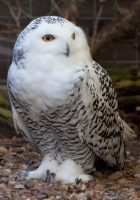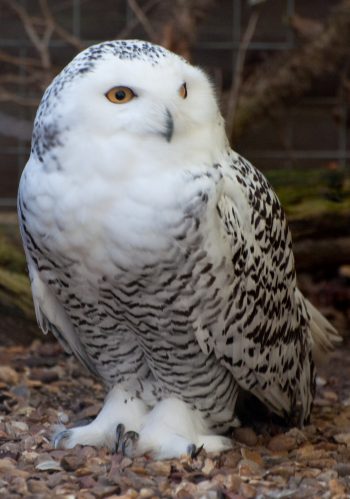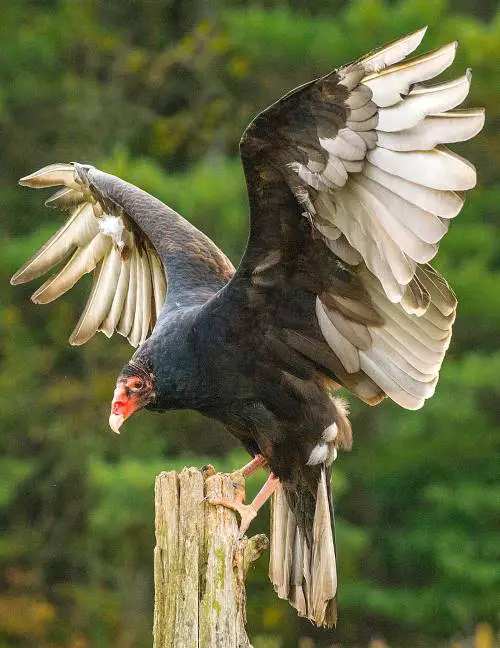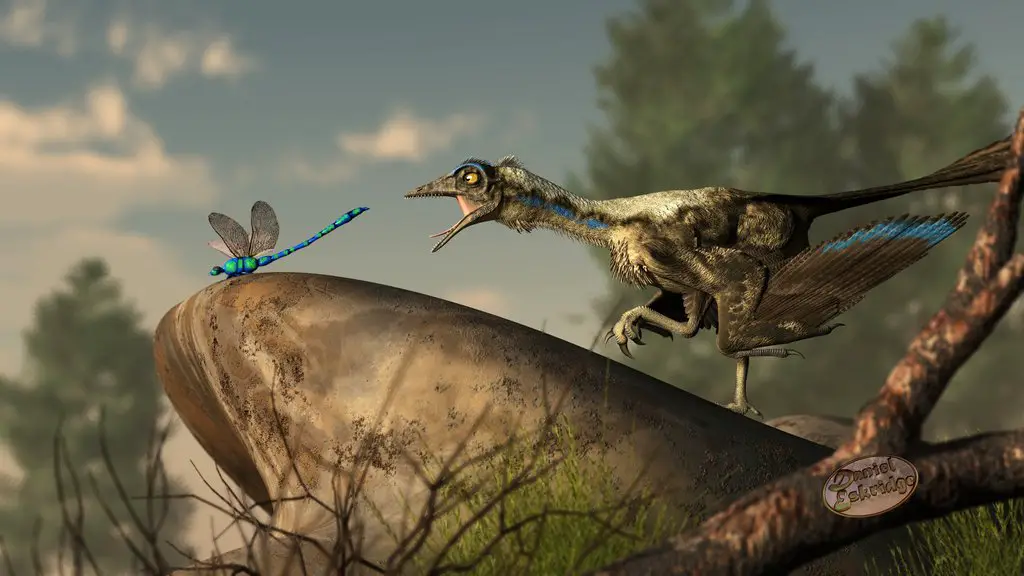Snowy owls (Bubo Scandiacus) are carnivorous solitary birds. Male snowy owls are all-white in color. They have black beak and yellow eyes. Females have dark spots over their plumage giving them a dusky brown appearance. With time, males get whiter still. It has a great eyesight and sense of hearing. When prey hides behind the bushes, it can spot it through its hearing sense. Unlike many other owls, snowy owl is active all day long.
Snowy Owl Facts for Kids
The size of snowy owl can range from 50.8 to 71 centimeters and weighs around 3.5 to 6.6 pounds. It has a wingspan of 4.2 to 4.8 feet.
On average, it has a lifespan of about 10 years in the wild.
Sonwy owl has a clutch size range of 3 to 11 eggs. The number of eggs depends on the availability of food. A female snowy owl incubates for 30 days. After about 45 days, the young owls begin to fly.
It is a migratory bird and often travels to the north toward America, Canada, Asia and Europe. As summer approaches, it migrates toward south in open fields.
to the north toward America, Canada, Asia and Europe. As summer approaches, it migrates toward south in open fields.
Snowy owl inhabits open areas of the Arctic. It perches on grassland and freshwater.
The snowy owl diet includes a lot of lemmings (small rodents). It can consume about 1,600 lemmings each year. It also feeds on large mammals like raccoons, marmots, moles, rabbits and hares. Among birds, it eats pheasants, ducks, gulls, ptarmigan, coots and songbirds.
It is harvested for its claws and plumage by local people. Other threats include collision with vehicles and airplanes; impact of climate change and sometimes, it is accidently caught up in the fishing apparatus.
There are nearly 200,000 individuals of snowy owl around the world.
The main predators of snowy owl are Arctic fox, gray wolf, dogs, jaegers (seabirds) and the birds of the family Corvidae.





